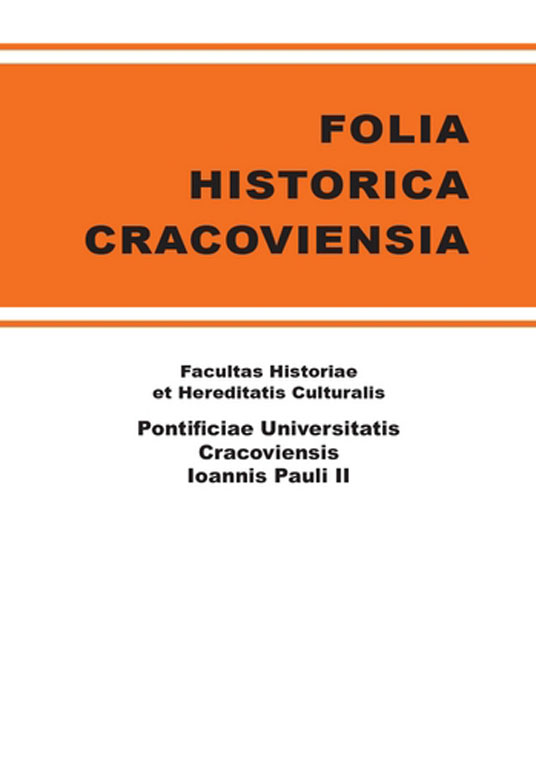The policy of John Paul II towards the churches behind the Iron Curtain in the second half of the 20th century
DOI:
https://doi.org/10.15633/fhc.224Keywords:
Jan Paweł II, polityka, żelazna kurtyna, kościółAbstract
The declining years of the communist regimes towards the end of the 80s as well as the on-going process of a thaw in political relations was also reflected in the Vatican’s policy towards Christians in Eastern Europe. The task was not easy as the hierarchs of the Orthodox Church in Russia were afraid of ecumenical slogans propagated by the pope. They even presented their own, competitive ideas, whose aim was to discredit John Paul II’s diplomatic efforts. The Pope’s policy towards churches in other European countries (Hungary, Czechoslovakia, Poland) did not assume a common approach as the fate of Christians there was shaped independently from each other and even with certain respect granted by the Kremlin towards the uniqueness of each country. The key aspect of John Paul II’s policy towards the countries of Eastern Europe was the pursuit of spiritual renewal of Christianity in the East, which was supposed to be started with the pilgrimage to the USSR (Ukraine, Moscow and Lithuania).Downloads
Published
2012-12-31
Issue
Section
Commentationes et dissertationes
License
Copyright (c) 2012 Tadeusz Kopyś

This work is licensed under a Creative Commons Attribution-NonCommercial-NoDerivatives 3.0 Unported License.
Authors who publish with this journal agree to the following terms:
- Authors retain the copyright and full publishing rights without restrictions, and grant the journal right of first publication with the work simultaneously licensed under a Creative Commons Attribution 4.0 International License that allows others to share the work with an acknowledgement of the work's authorship and initial publication in this journal.
- Authors are able to enter into separate, additional contractual arrangements for the non-exclusive distribution of the journal's published version of the work (e.g., post it to an institutional repository or publish it in a book), with an acknowledgement of its initial publication in this journal.
- Authors are permitted and encouraged to post their work online (e.g., in institutional repositories or on their website) prior to and during the submission process, as it can lead to productive exchanges, as well as earlier and greater citation of published work (See The Effect of Open Access).

